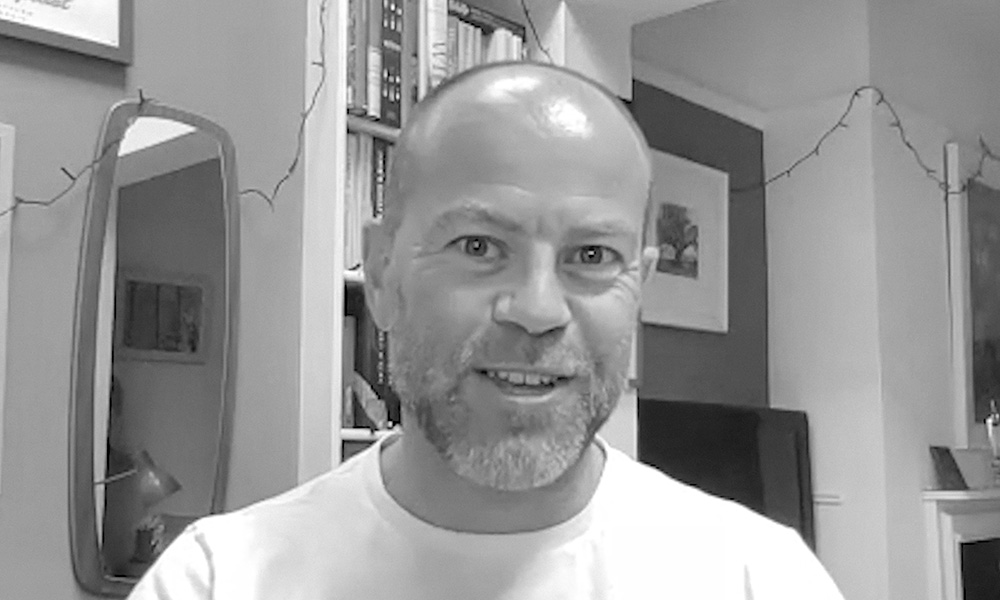When most of us consider returning to “normal” working there are quite a range of views on what that could (and should) look like. At NTT DATA, part of our role is ensuring that we have services ready to support our customers in meeting the challenges not just of today, but of what comes next.
So, having just about coped with the sudden requirement for huge numbers of people to work from home, what’s next for the IT department to deal with? In this blog, I take a look at some ways in which the world of work is likely to change in 2021 as organisations start to encourage people to return to the workplace. From flexibility, to sustainability, to automation, I’ll look at what they mean from a user, organisation and technology perspective as well as how NTT DATA can help make the transitions smoother.
Flexibility
The traditional 9-5 working day is gone for good, with flexible and remote working reigning supreme throughout the pandemic. Of course, not every role can be fulfilled remotely, not everyone wants to work from home and teams do function better with some face-to-face contact. So how do we use technology to bridge those gaps and balance out our working lives?
Many organisations have simply invested in laptops, tablets and other devices and connected them via VPN as a short-term measure, when what is really needed is a longer-term, strategic approach to dispersed teams and information sharing.
Flexible working has long been near the top of what employees consider to be the most attractive part of a job (immediately after pay, pensions and holidays). Yet for many people, flexible working was previously restricted to a couple of hours a day or at most a couple of days a week working from home. Now organisations will have to consider how to deal with a large number of staff who have got used to working patterns that are very far removed from 9 to 5 and a daily commute to “my desk” in “my office”.
Collaboration tools like video conferencing have been crucial for coordinating these much more dispersed and diverse teams. There is likely to be considerable focus on a wider set of collaboration tools in the 2021 workplace. Many organisations have simply invested in laptops, tablets and other devices and connected them via VPN as a short-term measure, when what is really needed is a longer-term, strategic approach to dispersed teams and information sharing.
When considering how to equip the workforce and the office, it is therefore a good idea to consider not just how people worked previously, but how these extended, dynamic teams can be enabled and supported as part of both the virtual and physical workplace.
At the start of the pandemic, we supported the rollout of Microsoft Teams over a single weekend to all the staff at the UK healthcare regulator, MHRA, to support their work on medicines and ventilator approvals as well as Covid-19 vaccines and testing.
At NTT DATA we believe that the key to this new, more flexible way of working is a different approach to End User Computing, one which puts the focus on service quality to provide four key customer benefits:
Simplicity: A choice of devices to fit specific roles and requirements, all delivered as a managed service at a fixed monthly cost;
User Experience: Users can get access from a new device in seconds and switch between devices without having to wait or leave any significant “footprint”;
Telemetry: We use analytics to proactively monitor thousands of key performance metrics across the service to identify trends and resolve any issues which might impact productivity;
Visibility: Sharing information about our service quality and performance is key to our centre of excellence and continuous improvement programmes.
Greener
Until the pandemic, 2020 was set to be the year when the environment dominated the news agenda. Even as the global medical and financial emergency unfolded, climate change, plastic waste and environmental damage continued to be front and centre.
Tackling sustainability from an IT perspective is often a footnote to an otherwise quite detailed plan. Devices (along with people) are now much more mobile and mostly used outside of work premises, making their energy consumption difficult to measure.
Most organisations (and users) now access a wide variety of cloud services. Whilst there is a steady decline in organisations investing heavily in developing their own on-prem data centres, almost all still have some facilities on site.
This mobility and diversity make it very difficult to accurately measure or account for IT-related carbon emissions. Yet it is vital that we do so. Academic research indicates that IT and work-based travel are jointly responsible for more than 5% of worldwide greenhouse gas emissions; it would require a forest the size of Canada and Greenland combined to remove that pollution from the atmosphere*.
So how can organisations ensure that their workplaces and ways of working are as sustainable as possible in 2021 and what can NTT DATA do to help?
1. Commuting
Under “normal” working conditions, 68% of the UK’s 27.7 million employees use their cars to commute and spend about an hour a day doing so. That equates to around 19 million hours of driving, creating many millions of tonnes of CO2 and other toxic emissions.
An IT strategy that supports working from home even two days a week can significantly reduce the environmental impact of commuting as well as improving work-life balance.
2. Data centres
Until recently, power consumption was rarely a critical factor in selecting which IT equipment to buy. As a result, server rooms and data centres are packed with power-hungry devices, often in racks and rooms not optimally configured for efficient cooling, with the need for resilience meaning the issues are replicated to a second room or centre.
Device as a Service can ensure that every aspect of issuing devices to users is managed and accounted for, from manufacturing to eventual disposal with zero waste to landfill guaranteed.
A cloud strategy can help to improve resilience, reduce energy consumption (and costs) and reduce emissions.
3. Devices
Users are often issued with higher specification devices than they actually need, and it is common for their IT equipment to be replaced every few years regardless of its condition. From a sustainability perspective the power used by the device is important, but equally manufacturing (embodied carbon) and disposal (electronic waste or WEEE) contribute significantly to the overall carbon footprint. With the UK currently one of the worst in the world for electronic waste, action is needed.
Device as a Service can ensure that every aspect of issuing devices to users is managed and accounted for, from manufacturing to eventual disposal with zero waste to landfill guaranteed.
As global warming accelerates, we must look to technology for answers and NTT DATA is ready to answer the call. IOWN is NTT’s vision for fundamentally changing technology, delivering the communication infrastructure of the future. IOWN, or “Innovative Optical and Wireless Networks”, reimagines the internet – some people call it the green internet. IOWN transforms today’s existing networks and data centres by introducing a new architecture that brings photonics into the chips. By shifting from the world of electronics to the world of photonics, we are striving to realise IOWN, an innovative network with excellent capacity, low latency, flexibility, and energy efficiency, based on photonic technology.
Smarter
For more than 35 years we’ve been using personal computing devices for work. They were part of a wave of automation across what is now known as “knowledge workers”. Unlike mainframe computers or even modern cloud services they are, quite literally, personal – we make changes to them, install software, change settings, store documents, get viruses, infect them with malware, etc. Over time the devices get slower, more error prone and out of alignment with the latest software and services, so they are replaced.
To make matters worse, many users actively avoid using support services, so use colleagues, friends and relatives to work around issues. Over time such workarounds can build into lengthy delays and loss of productivity.
This is where NTT’s vision for a smarter element of the modern workplace can help, through our three ‘A’s: Analytics, AI and Automation.
Analytics: To deal with the sprawl of devices, both in terms of location and configuration, analytics gather comprehensive remote metrics on every device every second of every day. This information is available to helpdesk teams, analysts and planners who can use it to resolve problems, identify trends, manage capacity, and plan upgrades.
AI: Because there are so many devices and so many metrics (effectively big data for End User Computing), AI is used to accelerate the process of detecting and interpreting patterns. This effectively turbo-charges the support service by uncovering the hidden data about exactly what is going on and why.
Automation: Finally, having gathered the data and analysed it, automation allows the service to self-heal, or to provide the user with scripted fixes they can run themselves (so-called “shift left”). As part of a multi-channel approach to providing support, automation is a key tool that provides reliable fixes to many known problems.
In July, we partnered with NTT Ltd UK to help our clients maximise the value of the distributed workforce, enabling them to benefit from leading intelligent workplace solutions, consulting expertise and world-class managed services. The intelligent workplace accelerates teamwork, ensures secure and seamless collaboration across distributed teams, and ultimately creates meaningful employee experiences.
Final thoughts
As we edge away from the pandemic, a smarter workplace will be crucial for business success. Key to this journey is a refreshed approach to End User Computing, ensuring the service is more reliable and offers a seamless user experience – wherever and however someone chooses to work. Not to mention utilising technology to build a more sustainable IT strategy, helping the ongoing threat posed by climate change to individuals and businesses alike.


















































